Last Updated on August 2, 2021
The FINAL DESTINATION franchise is my favorite horror franchise of the 21st century, the only one to come along in the last twenty years that I have enjoyed even close to as much as I enjoy the '80s franchises I grew up on. So it was interesting to read about the making of the first FINAL DESTINATION in an "oral history" article posted on Consequence of Sound, and to realize that if some of the early ideas had made it into the finished film, I wouldn't have been so enamored with these movies.
Released on March 17, 2000, the first FINAL DESTINATION was directed by James Wong, who also rewrote the screenplay by Jeffrey Reddick with his writing partner Glen Morgan. The film has the following synopsis:
Death has a plan and Alex Browning (Devon Sawa) has ruined it. After having a premonition that the flight he and his school group are about to take will explode mid-air, he tries to warn everyone. Of course, no-one believes him. With a handful of classmates, (including Kerr Smith and Ali Larter) he's thrown off the flight before it takes off. When the plane bursts apart just after take-off, Alex realizes he has cheated death… And now it's time for payback. One by one, the survivors begin to die in horrific, mysterious circumstances. Now that Alex has figured out death's plan, can he do anything to alter the destiny that awaits him?
The franchise presents Death as an invisible force that manipulates things around its intended victims to take them out – like making a toilet leak so someone will slip on the water and fall on a clothesline that chokes them to death, or making a business sign fall on someone. As it turns out, it was Wong and Morgan who brought this idea to FINAL DESTINATION and made the movie as fun as it is. Speaking to Consequence of Sound, Reddick said that his original idea was much darker:
In my draft, Alex’s best friend Tod rigged up a noose in his garage. He was a preacher’s son and stole stuff from his dad. He was calling his father on his car phone to say he was sorry. When the dad came home and opened the garage, he hung himself. Carter jumps in front of a subway train and kills himself. There are remnants of the deaths in the film. In the script, he was still a jerk, but he felt really guilty after his girlfriend died. You saw this other side of him when he was grieving.
I had written a sister who stayed on the plane and a sister who got off the plane, which was changed to two brothers [Tod and his brother]. The sister who died in the plane crash was the straight A student. The other was the one always getting into trouble. Her sister started haunting her, and so she started dressing like her sister and acting like her sister. When she couldn’t be her sister, she set herself on fire.
There was another character who had attempted suicide before the plane crash. She started getting haunted by all the people who had died before her. She ended up killing herself.
Terri was still dating Carter. But because he was so demanding of her, she was bulimic. She died earlier in my draft, and Carter was haunted by her. She shows up and torments him at a subway station, saying, “Do you know what I did to myself to look beautiful for you?” She starts puking her intestines out, which is an homage to Gates of Hell, an old Italian horror film. That drives Carter to jump in front of the train.
The finale was Clear going back to the crash site and reliving the plane crash. She was standing on the ground, and the plane literally crashed on top of her. All her dead friends showed up around her. She had a gun, and death was basically tormenting her to kill herself. Then, she realizes she’s pregnant, so death couldn’t get her, because there was an innocent life inside of her.
The original ending was Clear in the delivery room having the baby. You think it’s all good, but all the lights go out. A dark figure comes into the delivery room, and you realize that now the baby’s been born, she’s a goner. Alex is the only one left."
Watching people getting driven to suicide by the spirits of their lost friends and loved ones would not have appealed to me nearly as much as the Death-as-slasher idea that ended up on the screen… and even then, I also wouldn't have liked it as much if we could actually see Death in the film.
Wong and Morgan were also the ones who insisted that Death should be an invisible force. The studio, New Line Cinema, wasn't sure about that idea. Producer Craig Perry said,
The studio wanted it to be represented by weirdly melting faces — like people would see a shadow in a reflection and then see themselves reflected and their reflection would dissolve. There were designs rendered to see what that might look like. There was also an expensive proposition to do that for every character, actually casting molds. Ultimately, it was not right for the movie. We had to keep that plate spinning during production until it was clear we just couldn’t afford to do it. Had we seen that or what Death could look like, I don’t think we’d be talking right now. I think I’d be flipping burgers at In-And-Out."
I agree. The movie turned out exactly the way it needed to be.


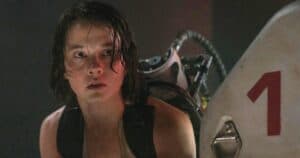


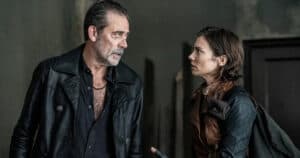
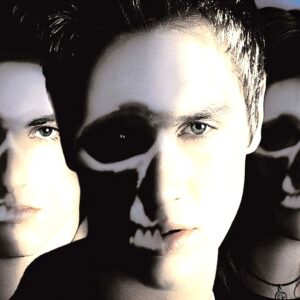

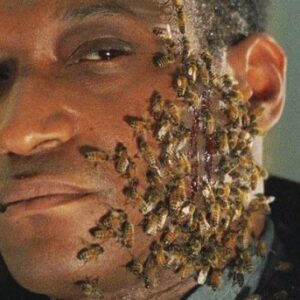
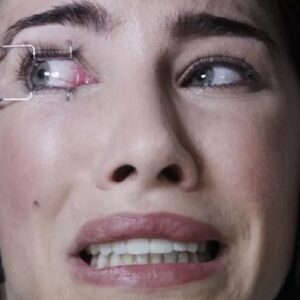
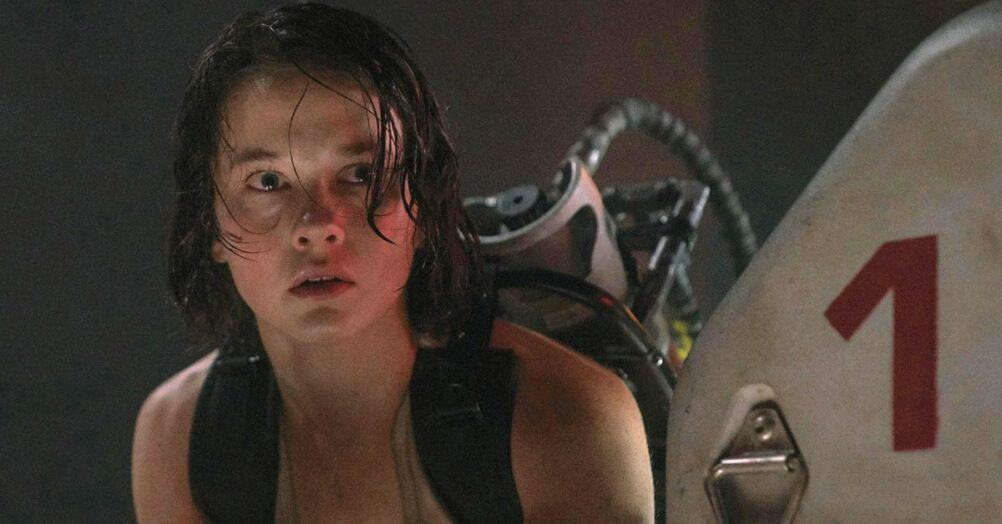


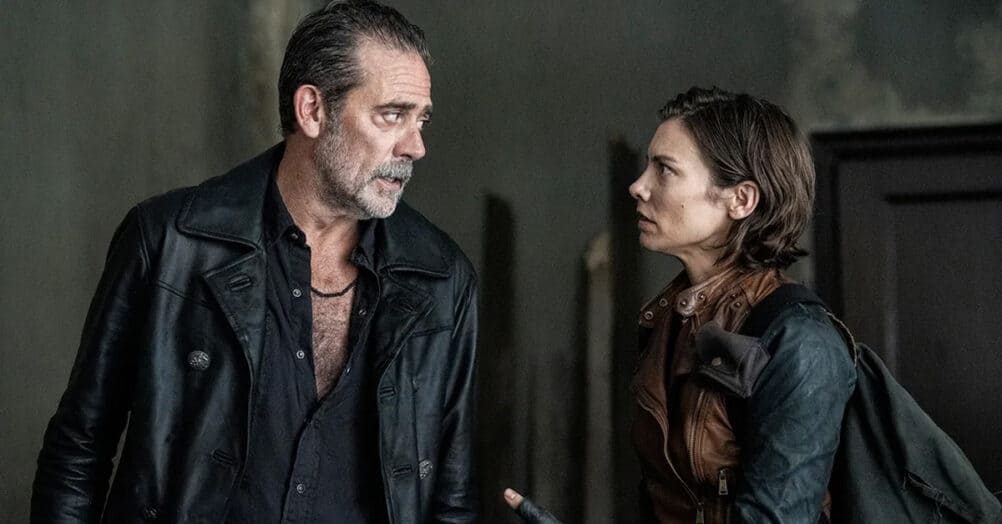
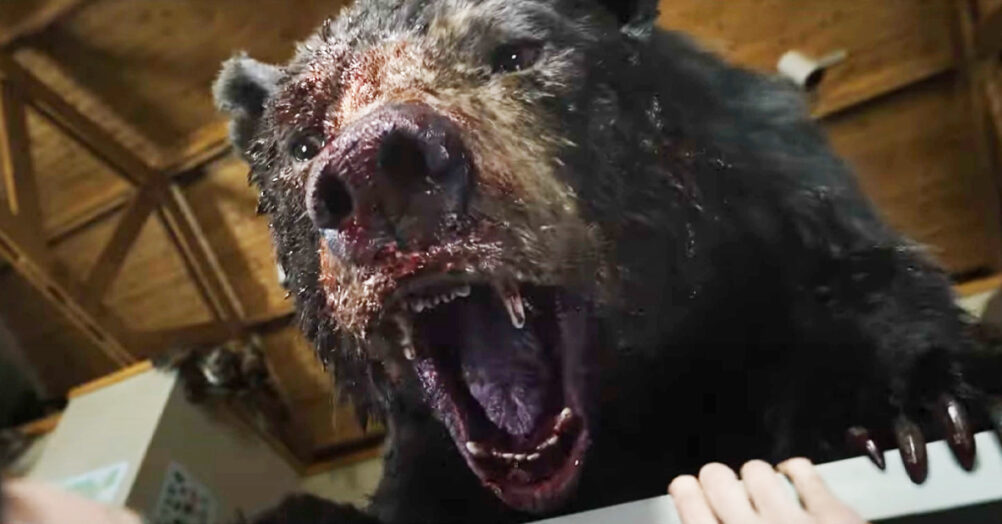

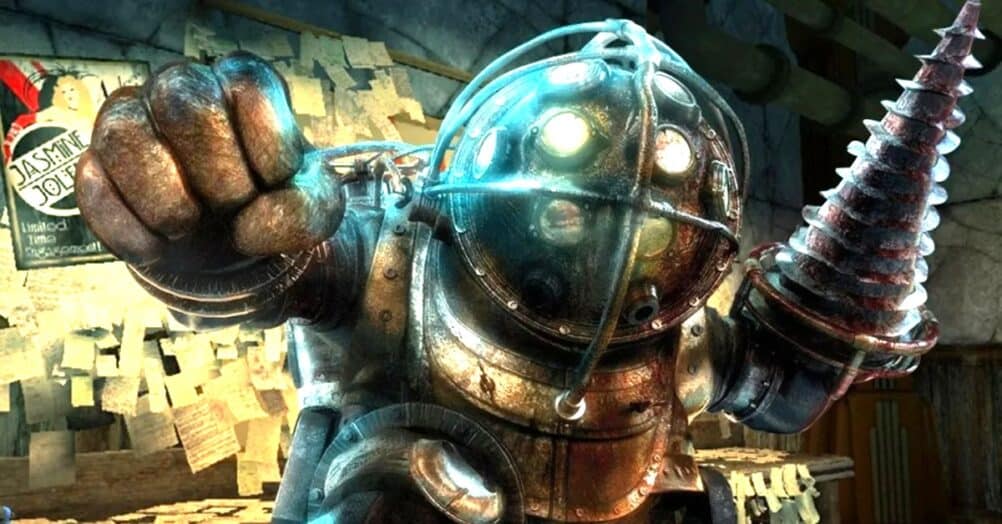
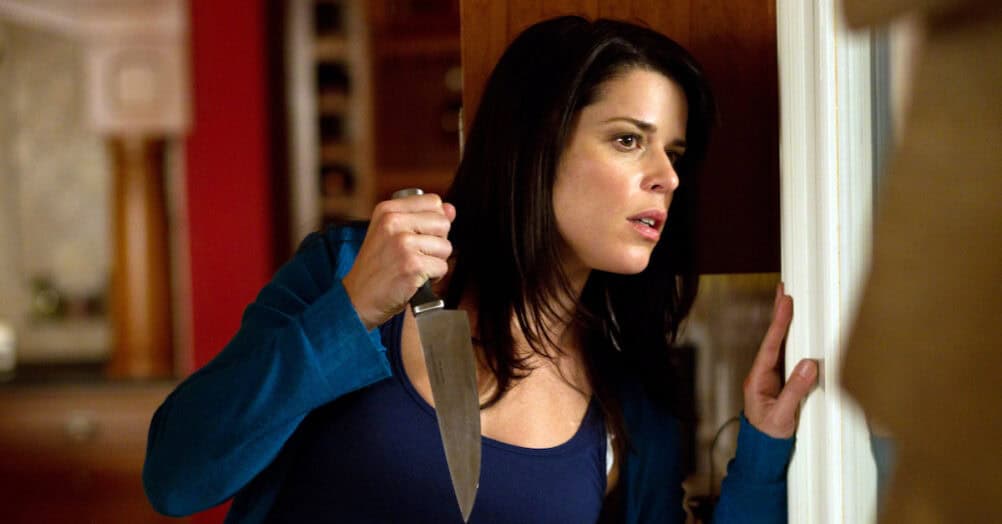


Follow the JOBLO MOVIE NETWORK
Follow us on YOUTUBE
Follow ARROW IN THE HEAD
Follow AITH on YOUTUBE